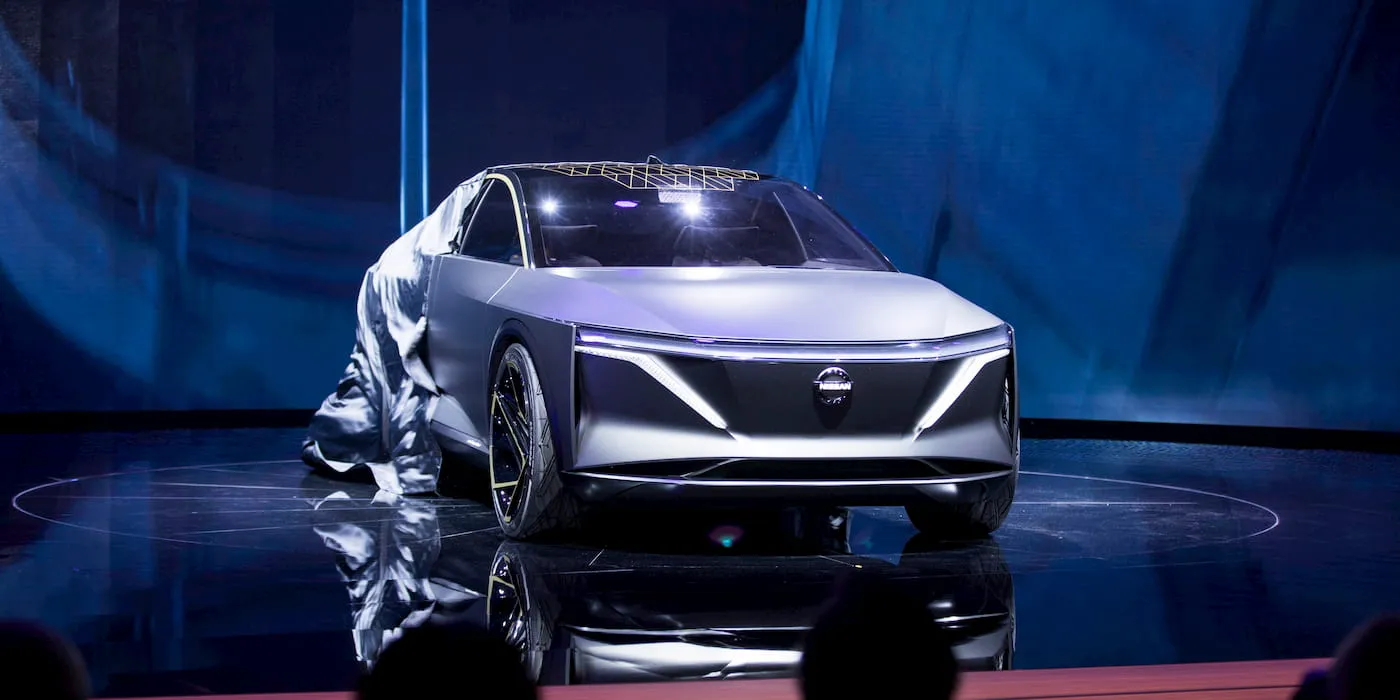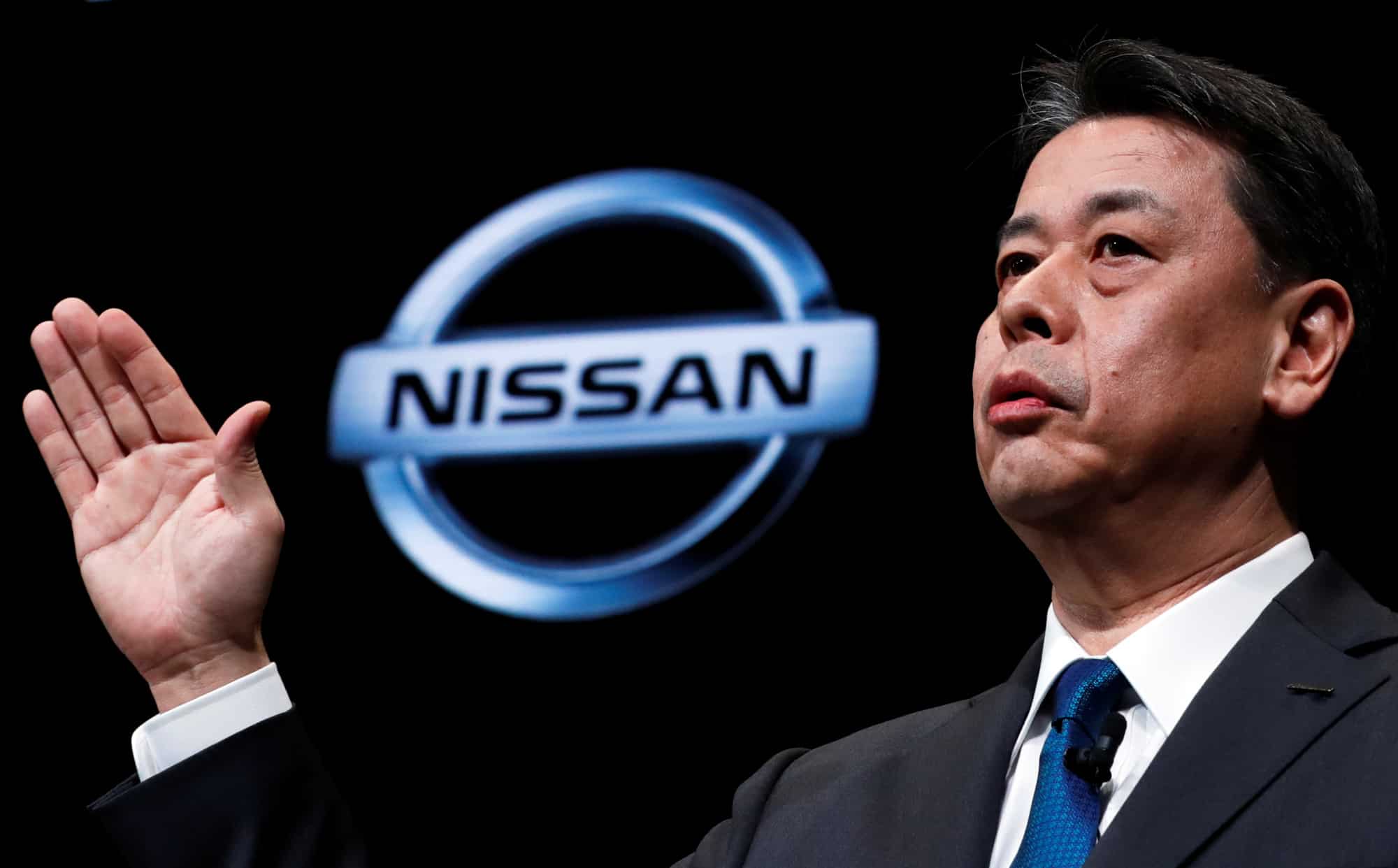Nissan Motor Co., Ltd. is taking decisive steps to revamp its operations, aiming to create a leaner and more resilient business capable of swiftly adapting to market fluctuations.
Today, the company provided further details on these initiatives, outlining its goals for fiscal year 2026 and key strategic measures.
Nissan president and CEO Makoto Uchida stated: “Nissan is fully committed to its turnaround actions, aiming to reduce costs by around 400 billion yen.
We are dedicated to achieving a more efficient cost structure while driving top-line growth through enhanced competitive products that cater to the diverse needs of our customers.
We are executing our turnaround centered on efficiency and growth with pace and purpose.”
Fiscal Year 2026 Goals
Nissan intends to optimize its cost structure by cutting both fixed and variable costs by approximately 400 billion yen by fiscal year 2026.
As a result, the break-even point in its automotive business is expected to drop from 3.1 million units to 2.5 million units, ensuring a stable operating margin of 4%.
Also Read: 10 Fastest Cars in the World 2025 Edition Redefining Speed and Automotive Innovation
Fixed Cost Reductions Exceeding 300 Billion Yen
To achieve these cost reductions, Nissan targets savings of around 200 billion yen from selling, general, and administrative (SG&A) expenses, 100 billion yen from restructuring its manufacturing base, and 30 billion yen through enhanced development efficiencies.
The company plans to streamline operations by reducing its global indirect workforce by 2,500 employees through hiring reductions, voluntary separation programs, and efficiency improvements.
Additionally, Nissan aims to lower unit labor costs by expanding shared service centers by 1,000 positions and optimizing fixed marketing expenses.
Further, Nissan seeks to generate approximately 100 billion yen in savings through production restructuring.
This includes consolidating production lines, adjusting shift patterns, and transferring jobs, beginning with three plants in Q1 FY25: the Smyrna and Canton plants in the U.S. and a plant in Thailand.
This restructuring is expected to reduce the workforce in vehicle and powertrain plants by 5,300 in FY25 and 1,200 in FY26, totaling 6,500 job reductions.
These production efficiencies will be complemented by new engineering and operational improvements, such as cost reductions in new model launches and capital expenditures (CAPEX).
As part of its broader manufacturing restructuring, Nissan plans to reduce global production capacity by 20% and optimize its workforce by fiscal year 2026.
This includes a previously executed capacity reduction in China from 1.5 million units to 1 million units.
Meanwhile, plants outside China will see capacity reductions from 3.5 million units to 3 million units, increasing the plant utilization ratio from 70% in fiscal year 2024 to 85% in fiscal year 2026.
Overall, Nissan aims to lower its total global production capacity from 5 million units to 4 million units by fiscal year 2026.
In addition, Nissan targets a cost reduction of approximately 30 billion yen through improved development efficiency.
By adopting a family development approach, the company will shorten time-to-market and lower development expenses, achieving around 20 billion yen in efficiencies.
This approach will be applied to ongoing projects, with benefits expected to be realized from 2025 onwards. The first model developed under this new system is slated for release in fiscal year 2026.
100 Billion Yen in Variable Cost Savings
Nissan is also working to cut variable costs by around 100 billion yen. Of this, approximately 60 billion yen will be saved through design-driven cost reductions, starting with simplifying design specifications (modifying model performance and features) for six of its major global models.
Additionally, manufacturing cost reductions will be achieved by decreasing parts complexity by up to 70%, optimizing production planning to eliminate supply chain inefficiencies, reducing warehousing expenses, and enhancing efficiency in after-sales parts management.

Boosting Revenue Growth
To drive revenue, Nissan will introduce a range of vehicles equipped with advanced, differentiated technologies tailored to diverse global markets.
In FY24, the company refreshed its lineup, offering a variety of updated models, including the Qashqai, Juke, Kicks, Armada, Note, Patrol, Magnite, QX80, and Murano.
Each of these models has been upgraded to maximize customer value and cater to distinct market needs, ensuring profitable sales growth.
Looking ahead, Nissan plans to introduce new plug-in hybrid models in FY25 and FY26 and update its lineup of award-winning minivehicles and large minivans.
The company will also enhance its zero-emission EV offerings with the launch of a new LEAF, an all-new compact EV, and a new NEV designed for the Chinese market.
A key contributor to Nissan’s long-term profitability is its third-generation e-POWER technology. The latest iteration boasts a 20% improvement in fuel efficiency and a 20% reduction in costs compared to the first generation.
Notably, fuel efficiency at high speeds has been enhanced by 15% compared to the second generation, achieving best-in-class efficiency in Europe and notable advancements in the U.S. market.
Nissan’s future profitability will also be driven by advancements in intelligent vehicle technologies.
The company plans to introduce unique intelligent cockpits and advanced driver-assistance features in models launching by fiscal year 2026.
Over the next few years, Nissan aims to democratize autonomous driving and introduce driverless mobility services in Japan, with full commercialization expected by fiscal year 2027.
This combination of new product launches, market expansions, and strategic investments is expected to propel top-line growth in fiscal years 2025 and 2026.
Nissan anticipates increased sales volumes through model replacements and entry into new segments.
Streamlining Organizational Structure and Processes
To enhance decision-making speed and efficiency, Nissan’s senior leadership will transition to a single-layer, non-officer framework.
This shift will reduce the number of top management positions by 20%, creating opportunities for the next generation of leadership within a more agile and unified structure.
The company will also simplify organizational layers and broaden managerial oversight to improve operational efficiency.
Furthermore, roles and management positions will be reassessed and restructured under a new unified global system to align with strategic objectives.
By clearly defining responsibilities between global and regional functions, Nissan aims to create a more streamlined headquarters with centralized upstream functions and decentralized downstream operations, empowering regional teams to drive efficiencies.
Also Read: Top 10 License Plate Frames for Your Car That Stand Out
Business and Portfolio Restructuring; Asset Optimization
Nissan will continue implementing measures to refine its business operations and advance its restructuring efforts.
This includes reassessing its market presence and determining which regions to prioritize, thereby formulating a targeted operational strategy.
The company will also optimize its core product lineup, platforms, and powertrains, ensuring that investments are streamlined and focused on key growth areas.
Additionally, Nissan will expand collaboration efforts with its Alliance partners, Honda, and other strategic allies.
As part of its asset optimization strategy, Nissan will conduct a thorough evaluation of its resources to identify opportunities for substantial cost reductions and operational improvements.
Strategic Review and New Partnership Exploration
Nissan will actively explore new partnership opportunities through a strategic review aimed at enhancing corporate value.
The company has already begun implementing these initiatives and intends to provide further updates within a month.

